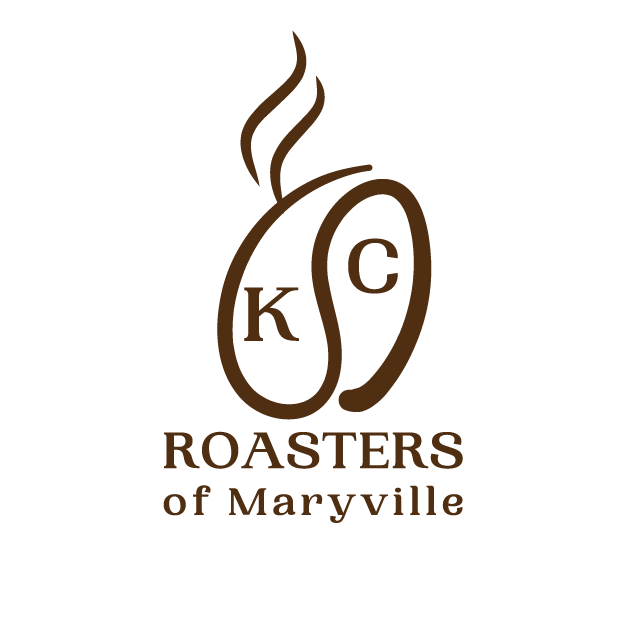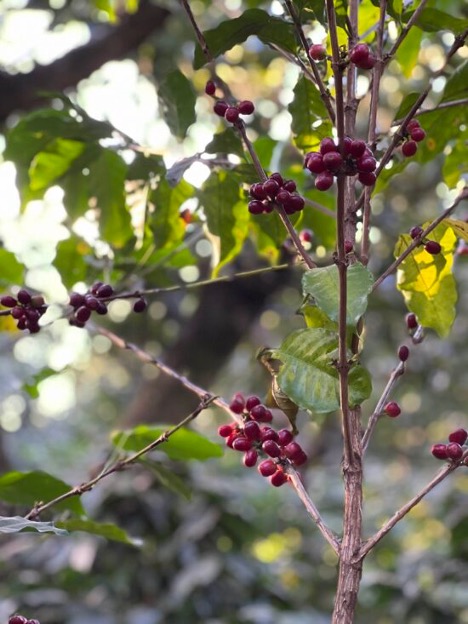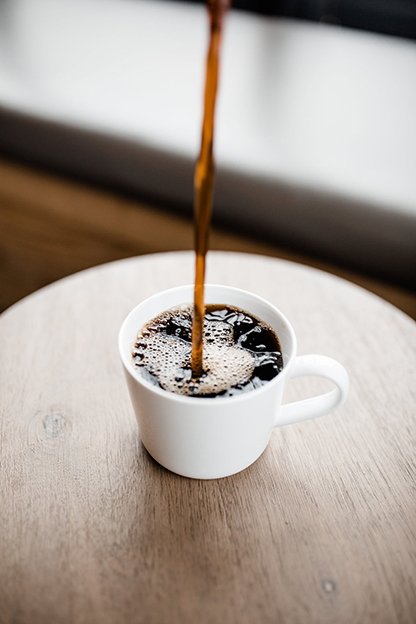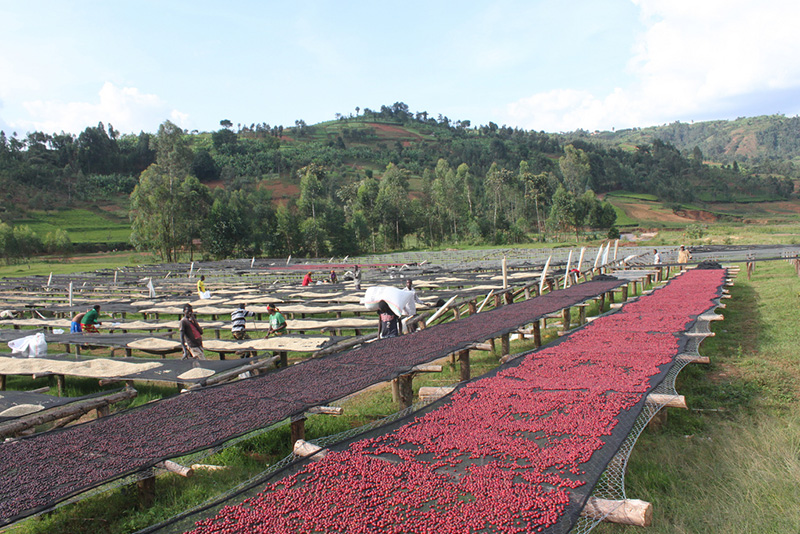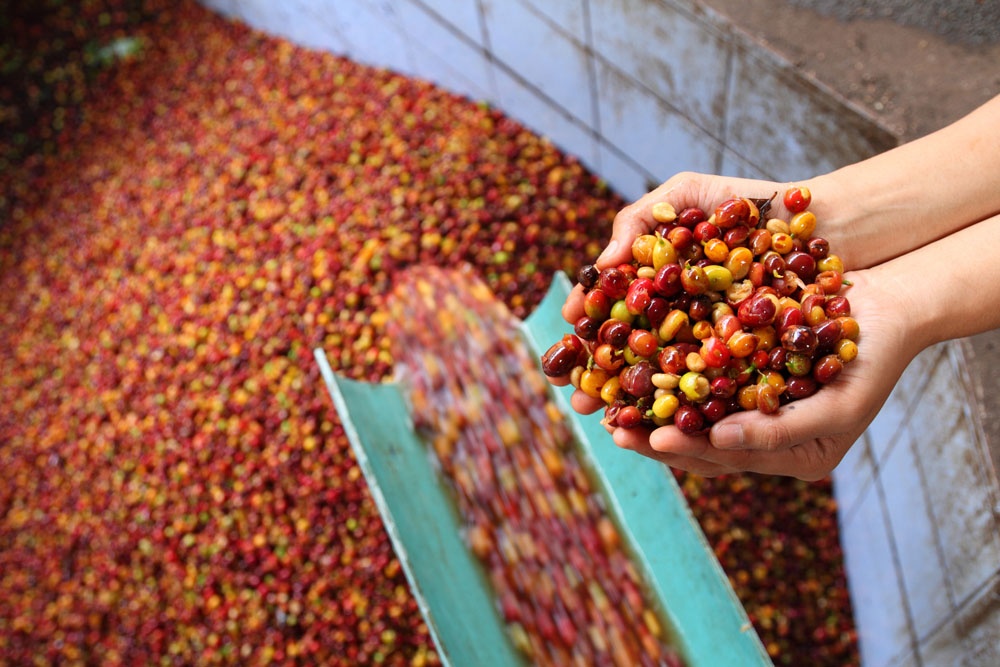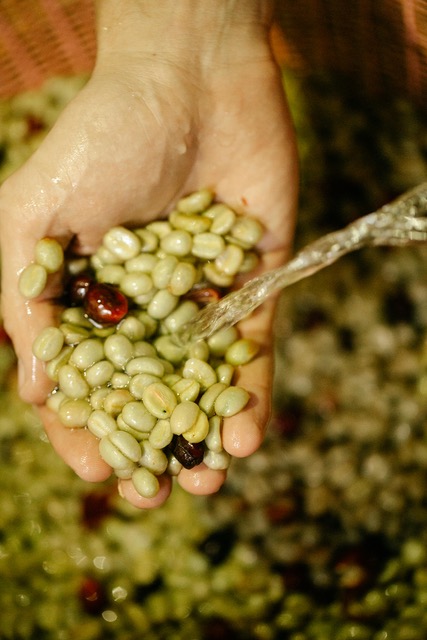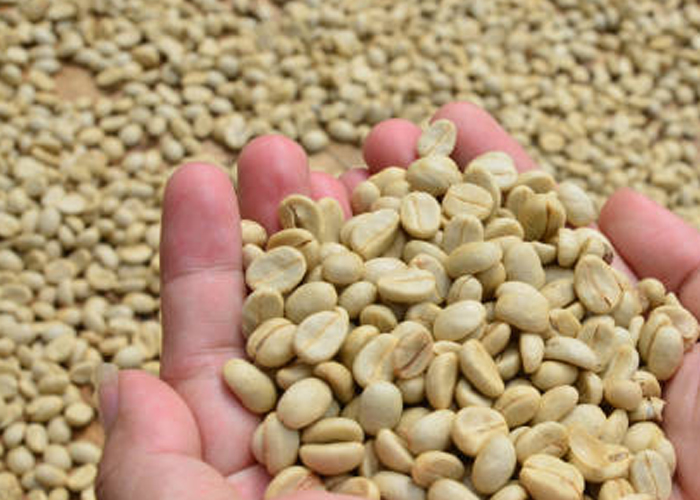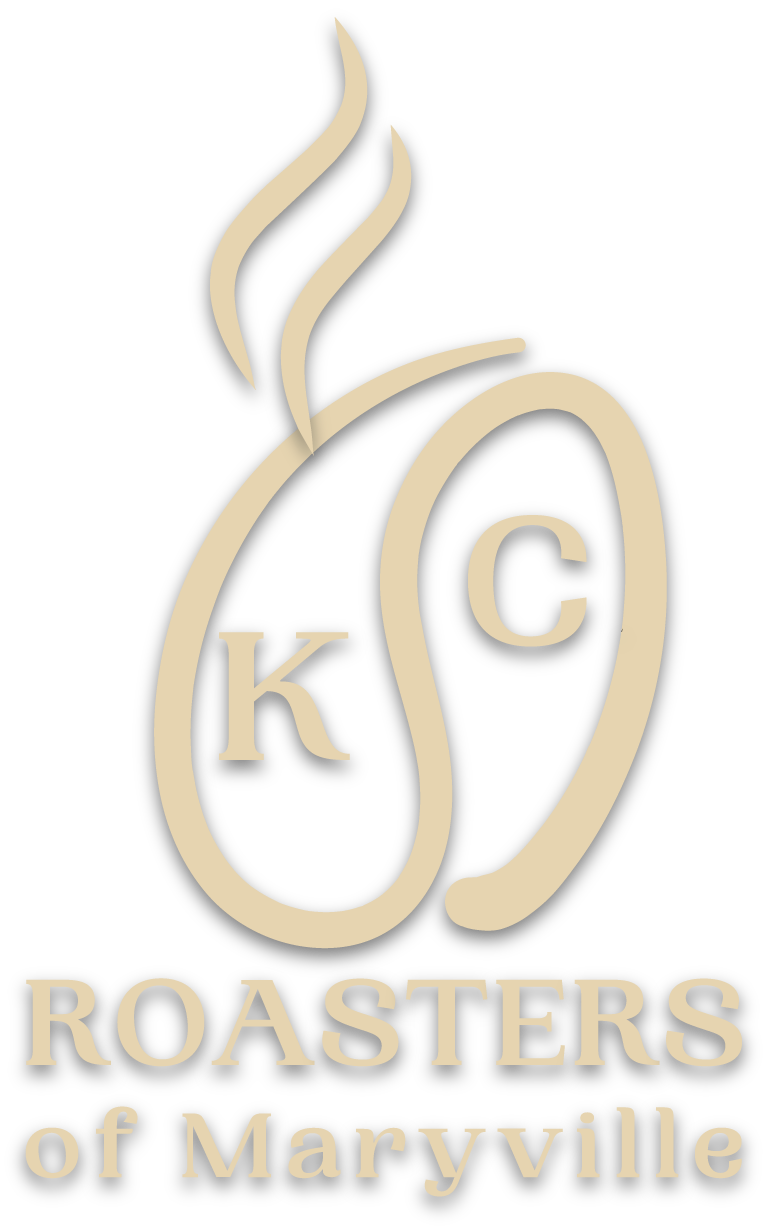THE ROASTING PROCESS
Going From This
to This
Is Likely More than You Ever Imagined
The natural (or dry) process is the oldest and perhaps most intuitive method of coffee processing. It requires no machinery and can be done by hand. Immediately after harvest, coffee cherries are spread in thin layers and left to dry in the sun for two to six weeks. Traditionally, coffee cherries were spread out on the ground, but now they may be loaded onto raised beds, bricks, tables, or cement squares.
The three main methods to process coffee are Natural (also called dry process), Washed (also called wet processed) and Honey (also called pulped natural). Each method of coffee lends itself to a different final cup flavor.
This works well in dry countries with limited water availability, or in regions where it is difficult to access wet mills. The natural process can also be better for the environment because it doesn’t involve a great deal of water or electricity, both of which are necessary in large quantities to operate wet mills.
WHAT HAPPENS AFTER THE COFFEE IS PROCESSED?
After the beans have been processed, they are still enclosed by the parchment layer (unless they are giling basah processed). The bean now has had enough moisture removed so that there is no danger of it spoiling.
They are usually stored for 1-2 months before exporting. Just before exporting the beans are hulled to remove the parchment. The hulling is done mechanically in a dry mill (opposed to a wet mill / depulper in washed process). After hulling the beans are graded and sorted with machines that examine the size and color of the beans. The beans are sorted by large sieves with varying hole sizes or by hand. Once the beans have been sorted and graded, they are packed into a shipping container which protects the beans during their long journey to a roastery.

Carbon Neutral
Carbon-neutral coffee is coffee that has been calculated to have a neutral environmental impact. This includes the carbon generated throughout the supply chain.

Induction Heating
Induction heating, uses a process called electromagnetic induction to generate “cleaner” heat.

Total Control Over Roasting Variables
Our specialty roaster allows us to have control over the charge temperature, the roast temperature, the airflow, and the roast time.
